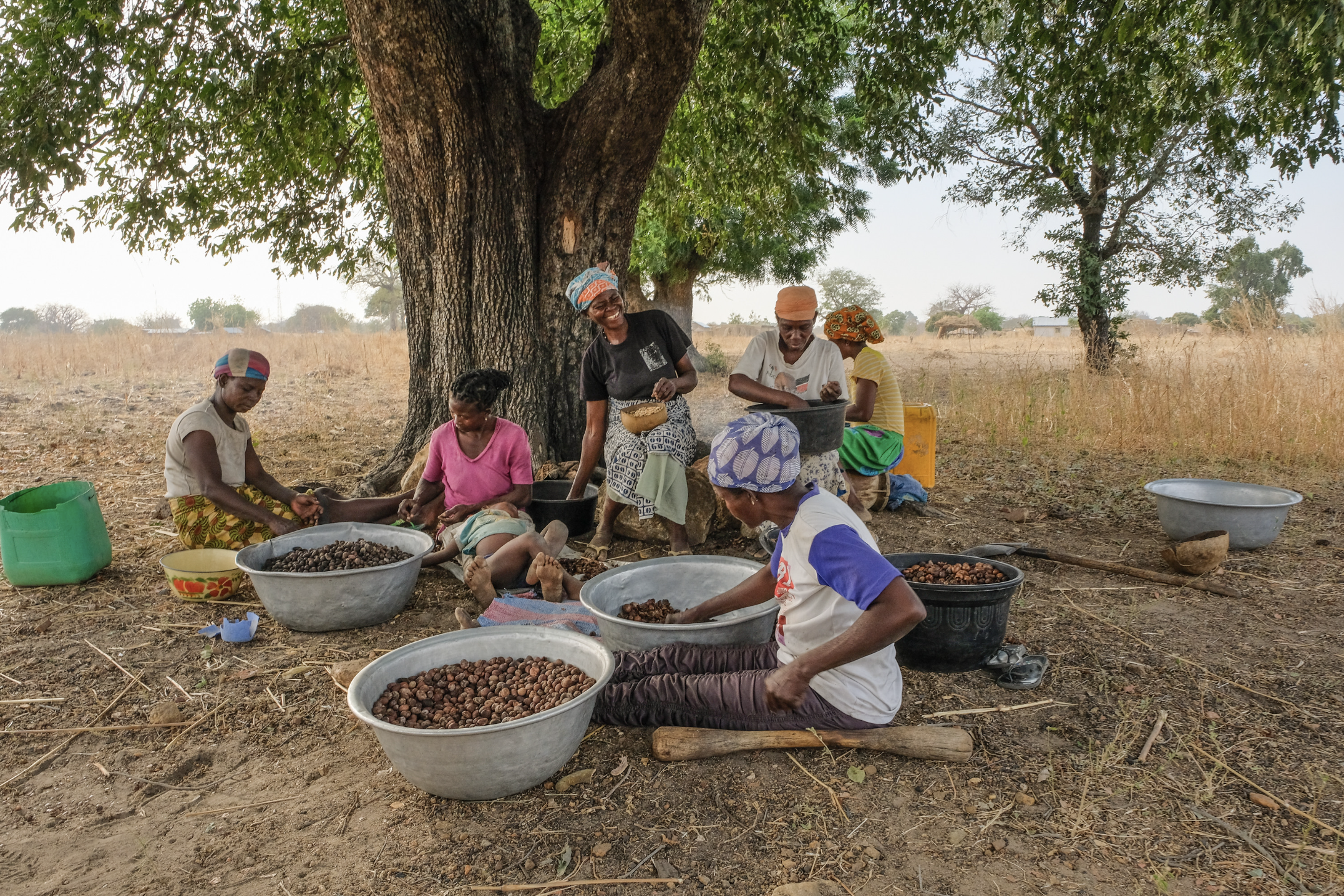
Smallholder communities, co-operatives and small enterprises produce up to 60 percent of the world’s food. They also meet their own demands for fuelwood, fodder and other tree and forest products, trading surpluses locally and beyond. However, smallholders are rarely consulted when designing value chain- or conservation-driven investment initiatives, and such investments tend to benefit only those who directly contribute to company or donor goals.
Although local economies are stimulated, limited attention is given to the "the bigger picture," including the need to move towards social equity and sustainable landscape management. Farmers also have limited access to finance for improving and diversifying their production, which would discourage the need to move to frontier areas.
Previous landscape analysis of financial flows confirmed that landscape-level investments do improve average income, but they rarely contribute to maintaining or enhancing essential ecosystem services on which communities directly depend, and do little to enhance food security or the capacity to adapt to climate change. For example, Soanes et al. (2017) found that only one dollar of every $10 of committed climate finance currently reaches local-level climate action.
Based on earlier work, barriers were identified that restrict smallholder access to finance and hinder food system transformation, but few successful examples were documented (TBI and CIFOR, 2019).
Now, after co-ordinating seven case studies of locally led initiatives in 2021, researchers can see how locally driven initiatives, including risk, scale, locally appropriate financial and non-financial services, have been able to overcome challenges.
To better address how both local needs and international objectives can be achieved, results from selected case studies are used to answer two key questions:
1. How do we make local innovations complementary to internationally driven initiatives?
2. What investment mechanisms address finance needs of all actors at the landscape level?







